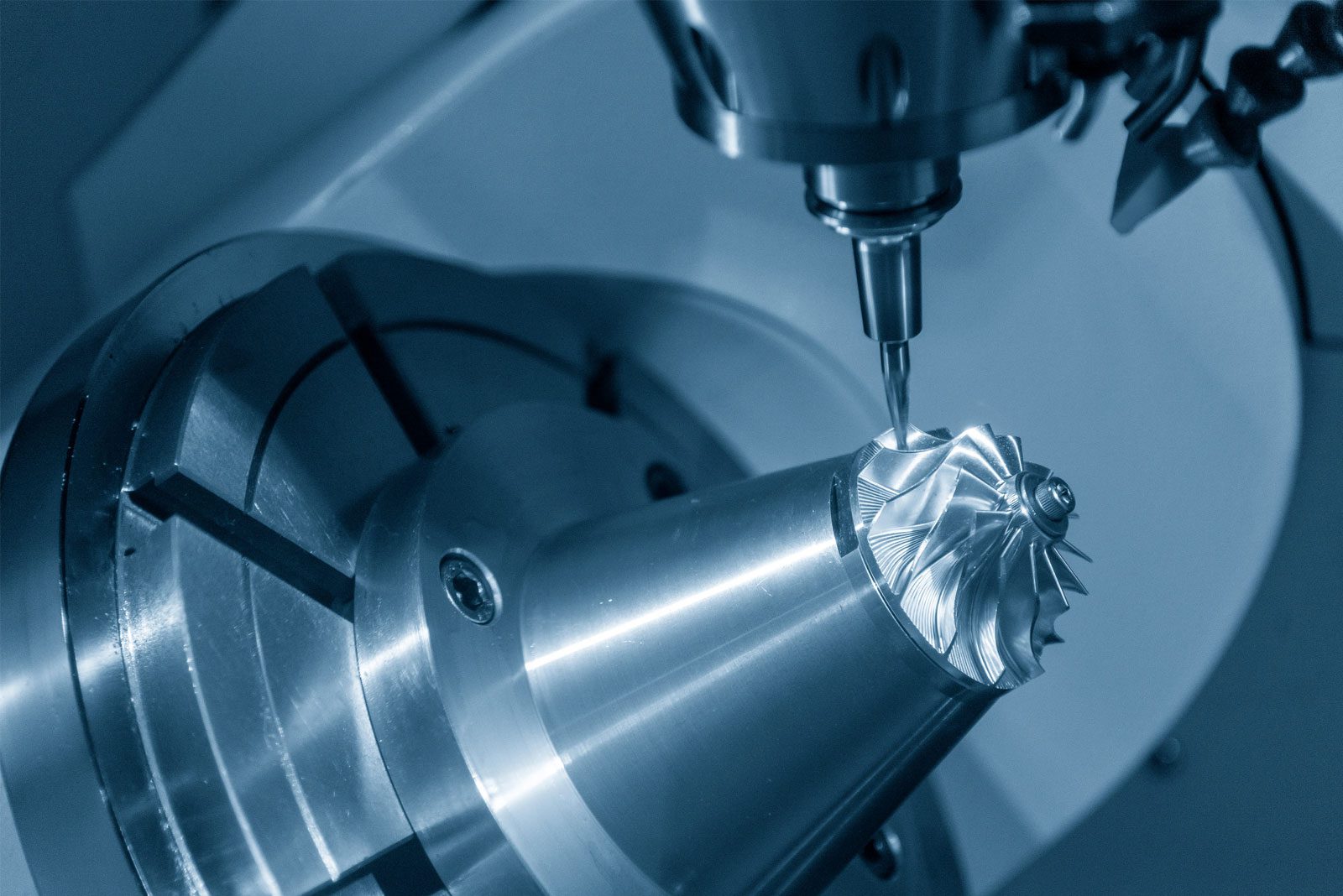Memahami Kepelbagaian Mesin CNC 5-Axis
In the world of manufacturing, precision and efficiency are paramount. One technological marvel that has revolutionized the manufacturing industry is the 5-axis CNC (Computer Numerical Control) machine. These machines have become the backbone of modern manufacturing processes, offering unparalleled versatility and precision. But what exactly is a 5-axis CNC machine, and why is it so significant?
At its core, a 5-axis CNC machine is a sophisticated tool used for cutting, shaping, and sculpting materials with unparalleled precision. Unlike traditional CNC machines that operate in three axes (X, Y, and Z), 5-axis machines add two rotational axes, typically referred to as A and B axes. This additional flexibility allows the cutting tool to approach the material from multiple angles and orientations, unlocking a whole new realm of possibilities in manufacturing.
One of the primary advantages of 5-axis CNC machines is their ability to produce complex shapes and intricate geometries with ease. Traditional 3-axis machines are limited in their maneuverability, often requiring multiple setups and adjustments to achieve the desired result. In contrast, 5-axis machines can access virtually any angle of a workpiece, reducing the need for repositioning and minimizing production time.
Moreover, 5-axis CNC machines excel in machining contoured surfaces and complex three-dimensional parts. Whether it’s aerospace components, automotive parts, or intricate sculptures, these machines offer unparalleled precision and repeatability. By allowing simultaneous cutting from multiple directions, manufacturers can achieve smooth surface finishes and tight tolerances that were once thought unattainable.
Another key advantage of 5-axis CNC machines is their efficiency in multi-sided machining. With traditional 3-axis machines, flipping and repositioning the workpiece to access different sides can be time-consuming and prone to errors. However, 5-axis machines can rotate the workpiece along multiple axes, enabling continuous machining without the need for manual intervention. This capability streamlines the production process, reduces setup time, and ultimately increases productivity.
Furthermore, 5-axis CNC machines are essential for the production of complex tooling and molds. Whether it’s for injection molding, die casting, or forging, these machines can precisely machine intricate cavities and surfaces with unparalleled accuracy. This precision is crucial for ensuring the quality and consistency of the final products, ultimately leading to higher customer satisfaction and reduced production costs.
In addition to their application in traditional manufacturing industries, 5-axis CNC machines are also making significant strides in emerging fields such as additive manufacturing and rapid prototyping. By combining subtractive and additive processes, these machines can create complex hybrid structures with unprecedented precision and efficiency. This versatility opens up new possibilities in product design and development, allowing engineers to push the boundaries of what’s possible.
In conclusion, 5-axis CNC machines represent a pinnacle of precision engineering and technological innovation. Their ability to produce complex shapes, intricate geometries, and multi-sided components with unparalleled accuracy has transformed the manufacturing industry. From aerospace components to artistic sculptures, these machines continue to push the boundaries of what’s possible, driving innovation and shaping the future of manufacturing.







